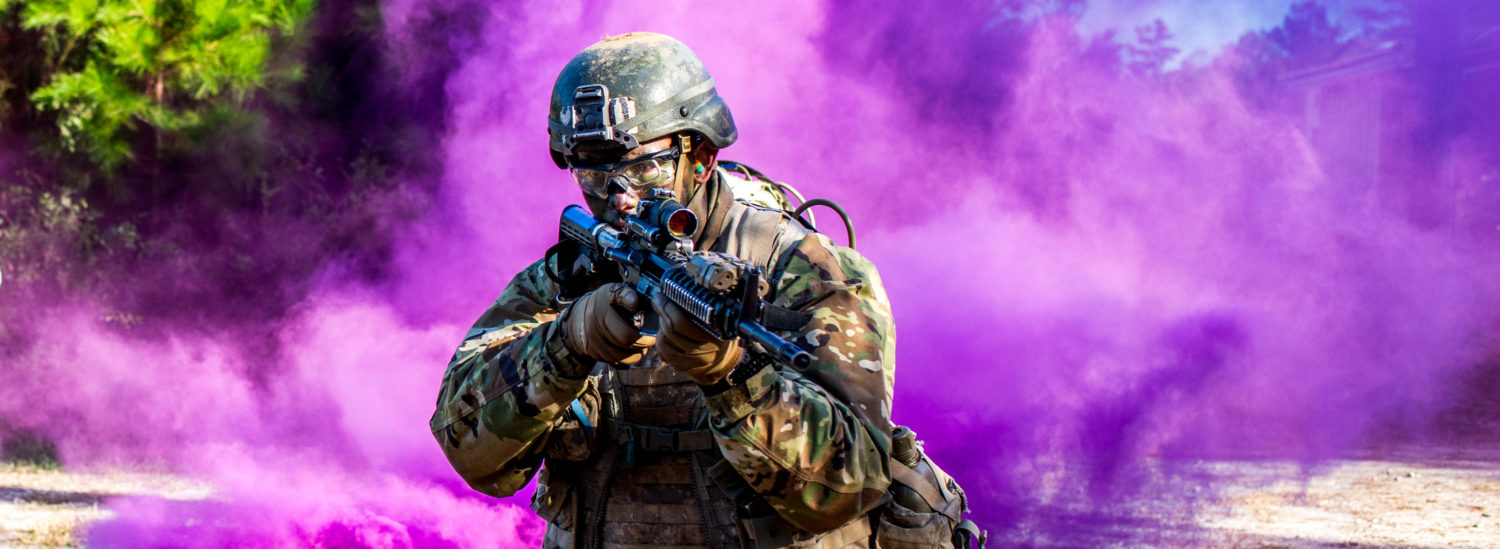One of the biggest challenges facing a cavalry squadron at NTC is demand of maintaining their equipment in a tactical environment. Units often provide maintenance support from their motor pool while training at home-station, lending themselves to brick and mortar infrastructure and easy access to their brigade supply support activity (SSA) and other SSAs on the same installation. These unrealistic work conditions create complacency in our ability to conduct maintenance in a tactical environment. Under this construct, units do not stress their equipment, develop analog systems of record, test the strength of their shop stock listing (SSL), practice their 5988-E flow, or fine-tune hasty maintenance meetings at Logistical Release Points (LRPs).










